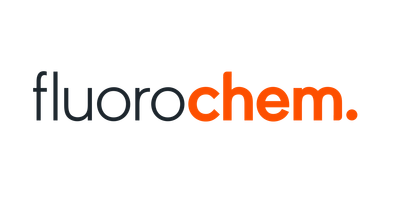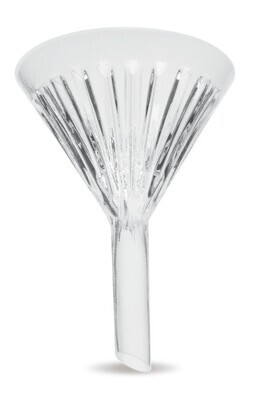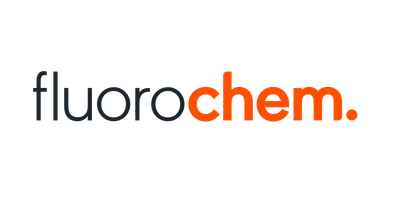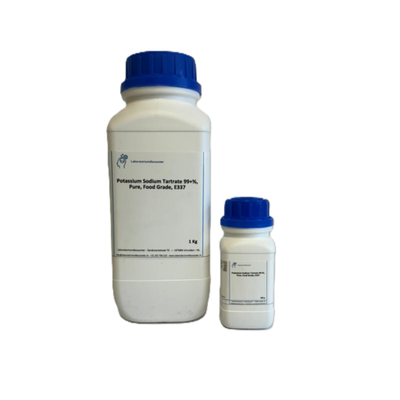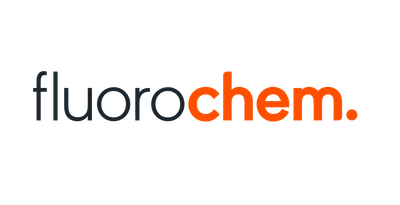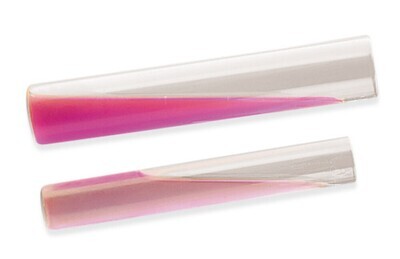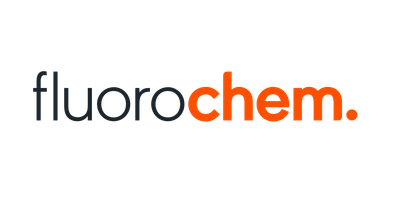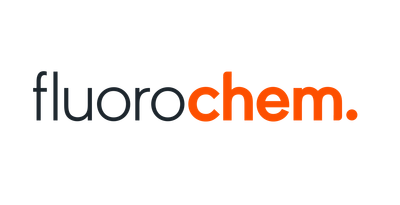Verzending 24–48 u • Levering in de hele EU • Veilige chemieverpakking
Sodium thiosulfate, pentahydrate 99.5+% 1 g
SKU 007116
€ 44,55
In stock
1
Save this product for later
Sodium thiosulfate, pentahydrate 99.5+% 1 g
Product Details
CAS number: 10102-17-7
Chemical formulas: Na2S2O3 . 5H2O/ F.W. 248.18
Cation: Na
Packaging: 1 g
EAN: 8721028252418
Brand: Laboratoriumdiscounter
Sodium thiosulfate pentahydrate is a versatile chemical compound used in various industries, including photography, water treatment, and medical applications. With its unique properties, it acts as a reducing agent, dechlorinating agent, and even a treatment for cyanide poisoning. Discover the diverse applications and benefits of sodium thiosulfate pentahydrate for your specific needs.
When working with Sodium thiosulfate, pentahydrate, it is important to follow these safety instructions: 1. Personal Protective Equipment (PPE): Always wear appropriate PPE, including safety goggles, gloves, and a lab coat or protective clothing, to protect your eyes, skin, and clothing from potential contact with the chemical. 2. Ventilation: Work in a well-ventilated area or use a fume hood to prevent the accumulation of any harmful vapors or dust. Sodium thiosulfate, pentahydrate does not produce significant vapors, but proper ventilation is still recommended. 3. Handling and Storage: Handle the chemical with care, avoiding any spills or splashes. Store it in a tightly sealed container in a cool, dry place away from incompatible substances. 4. Avoid Contact: Avoid direct contact with Sodium thiosulfate, pentahydrate. In case of accidental contact, immediately rinse the affected area with plenty of water for at least 15 minutes. Seek medical attention if irritation persists. 5. Inhalation: If the chemical is inhaled, move to a well-ventilated area. If breathing difficulties occur, seek immediate medical attention. 6. Ingestion: Ingestion of Sodium thiosulfate, pentahydrate is unlikely in a laboratory setting. However, if ingested accidentally, do not induce vomiting. Rinse the mouth with water and seek medical attention immediately. 7. Fire and Explosion Hazards: Sodium thiosulfate, pentahydrate is not flammable or explosive. However, it may cause or intensify fire if it comes into contact with combustible materials. Keep it away from open flames and sources of ignition. 8. Spill and Cleanup: In case of a spill, carefully contain and clean it up using appropriate absorbent materials. Dispose of the waste according to local regulations. 9. Chemical Incompatibilities: Sodium thiosulfate, pentahydrate may react with strong acids, oxidizing agents, and heavy metals. Avoid contact with these substances to prevent any hazardous reactions. 10. Emergency Procedures: Familiarize yourself with the emergency procedures and safety equipment available in your laboratory, including eyewash stations, safety showers, and fire extinguishers. Always consult the Safety Data Sheet (SDS) provided by the manufacturer for detailed safety information and specific handling instructions for Sodium thiosulfate, pentahydrate.
Please note, not all safety data for this product is available on our website, for a complete list of P en H sentences and other safety instructions please request the MSDS at our customer service
You May Also Like
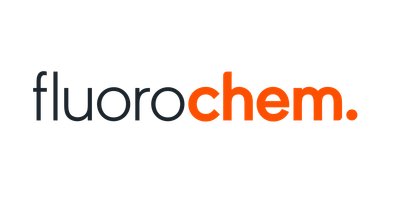
1-(6-Bromopyridin-3-yl)ethan-1-ol, 97%, 25g
1-(6-Bromopyridin-3-yl)ethan-1-ol, 97%, 25g
SKU F631689-25G
€ 1 194,60
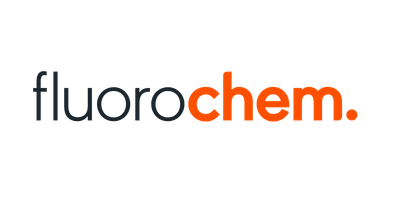
5-Methyldihydrothiophen-3(2H)-one, 98%, 1g
5-Methyldihydrothiophen-3(2H)-one, 98%, 1g
SKU F774275-1G
€ 688,60
Display prices in:EUR

![2,7-Diazaspiro[3.5]nonane-7-carboxylic acid 1,1-dimethyl ethyl ester, 95.0%, 250mg 2,7-Diazaspiro[3.5]nonane-7-carboxylic acid 1,1-dimethyl ethyl ester, 95.0%, 250mg](https://d2j6dbq0eux0bg.cloudfront.net/images/88473019/4857619674.png)
